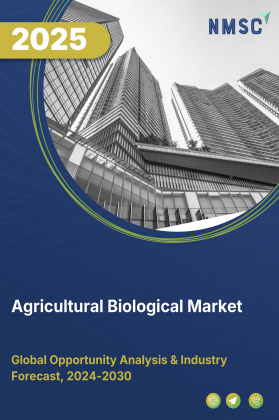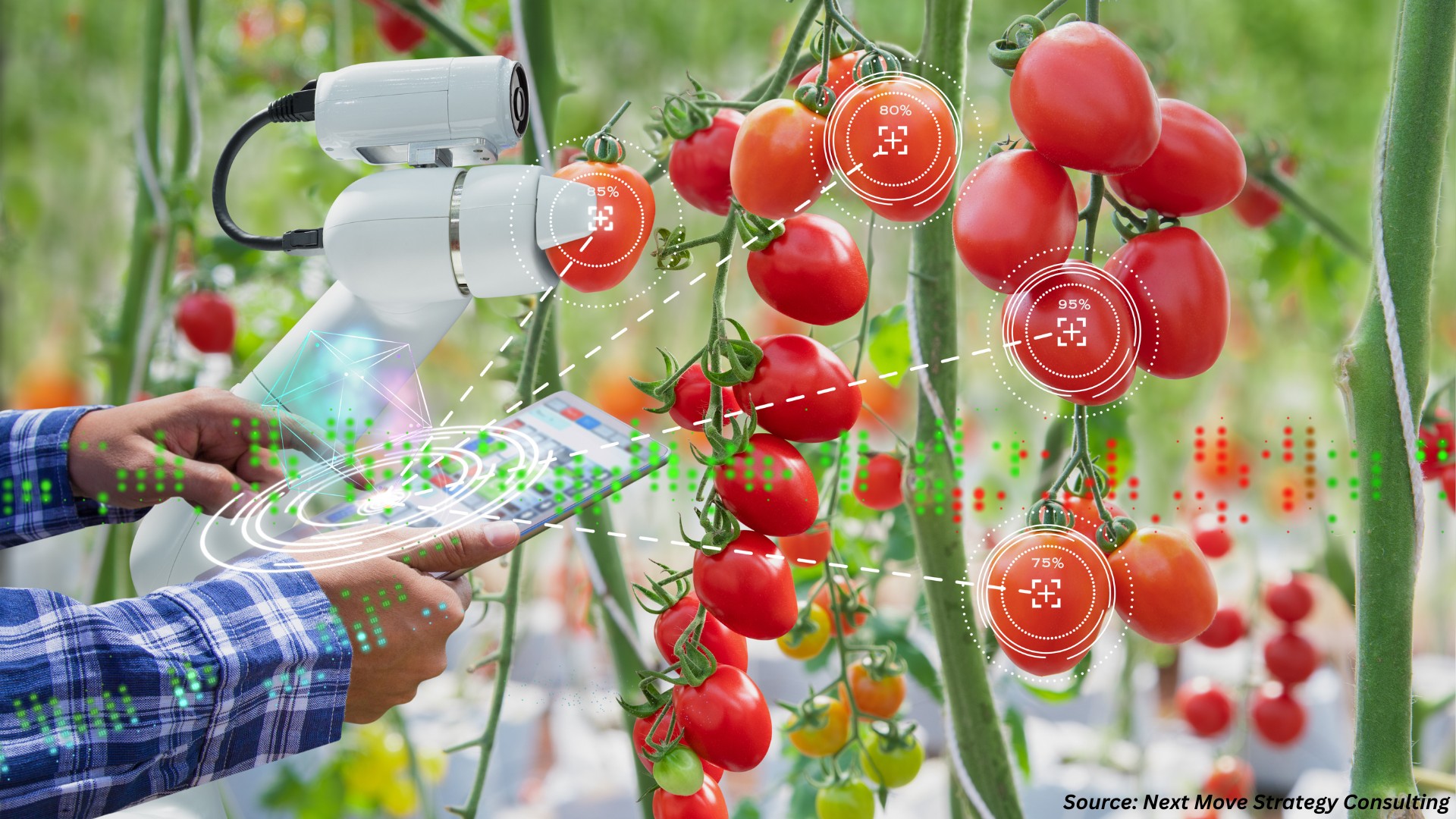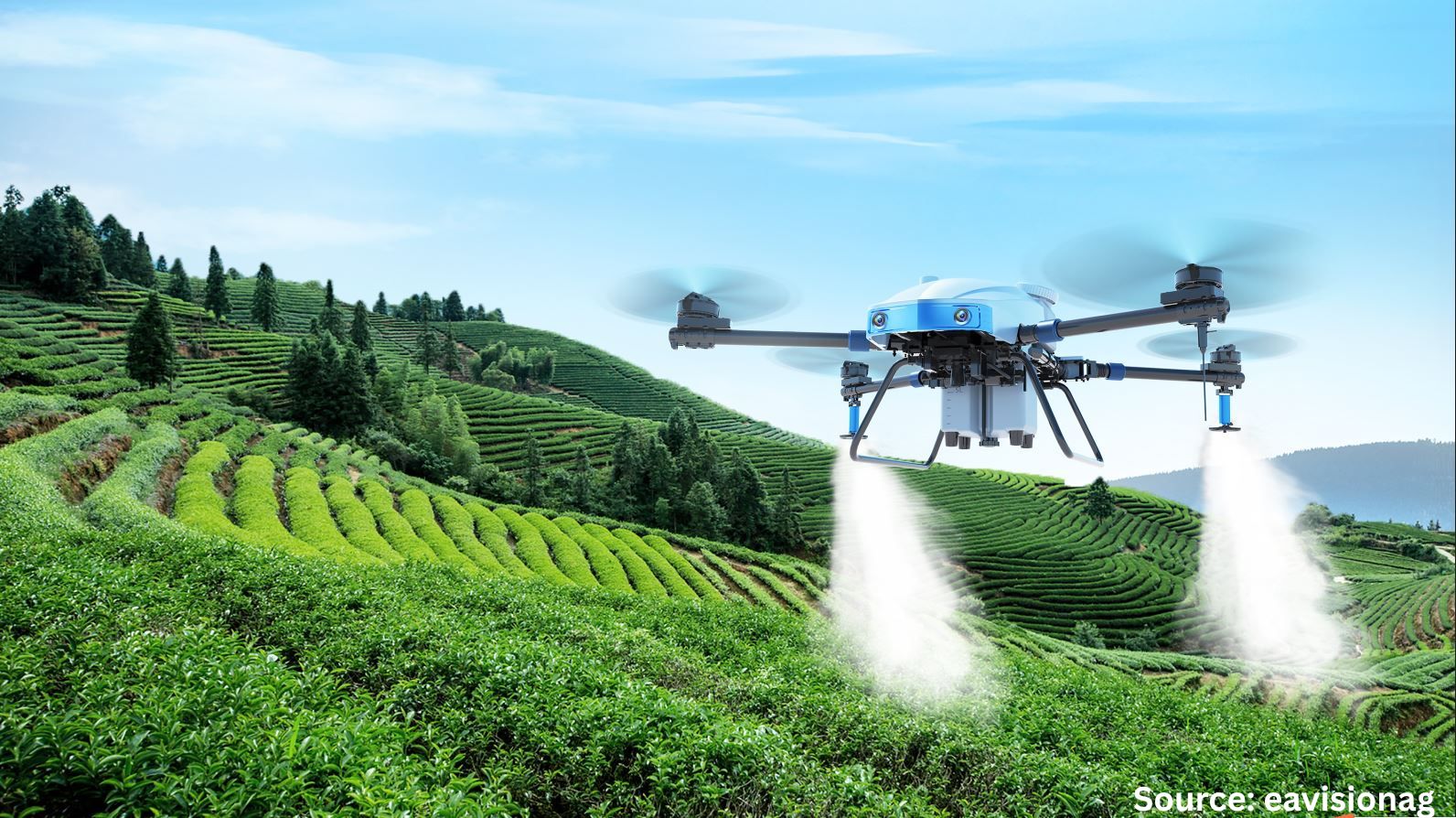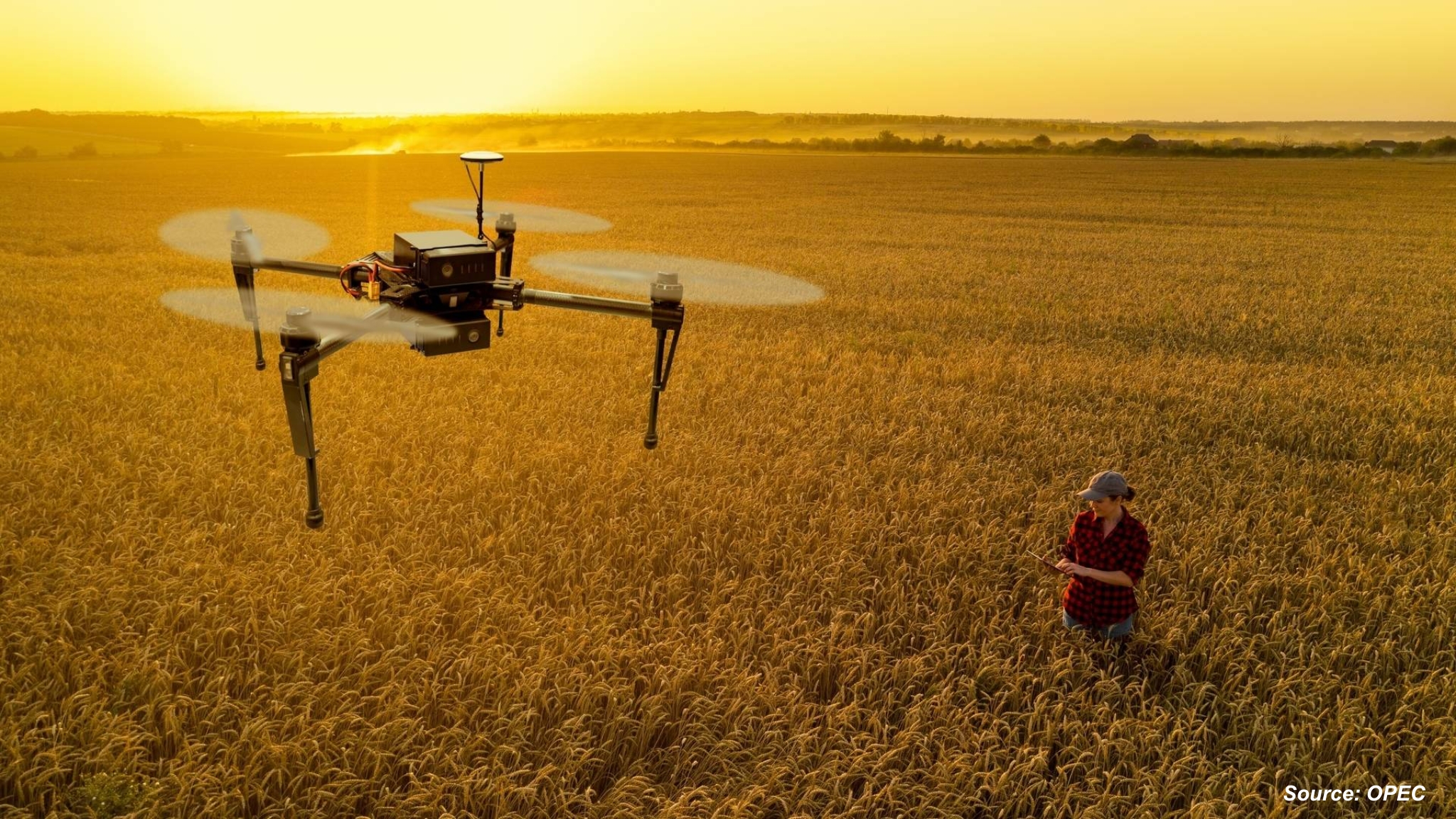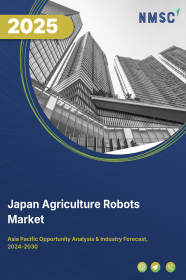
Japan Agriculture Robots Market by Type (Unmanned Aerial Vehicles (UAVs), Milking Robots, and Others), by Farming Type (Indoor Farming, Outdoor Farming, and Indoor & Outdoor), by Application (Aerial Monitoring & Scouting, Dairy & Livestock Automation, Field Operations, Harvest Management, and Others)– Opportunity Analysis and Industry Forecast 2023–2030.
Industry: Agriculture | Publish Date: 06-Oct-2025 | No of Pages: 88 | No. of Tables: 126 | No. of Figures: 83 | Format: PDF | Report Code : AG632
Market Overview
Japan Agriculture Robots Market size was valued at USD 238.73 million in 2022, and is predicted to reach USD 846.77 million by 2030, with a CAGR of 16.0% during the forecast period, 2023–2030. Agricultural robots are machines that use advanced technology to perform tasks in farming, such as planting, harvesting, monitoring, and spraying crops. They are designed to improve efficiency, production, and precision in agriculture, while reducing the need for manual labor and improving the working conditions of farmers.
Agribots are sophisticated robots that use sensors, actuators, and algorithms to sense their surroundings, make decisions, and perform tasks. They use GPS or mapping technology to navigate through fields and perform a variety of agricultural activities, such as planting seeds, harvesting crops, applying pesticides or fertilizers, and monitoring crop health. They use computer vision technology to identify crops and weeds, detect pests and diseases, and take precise actions based on the information they gather
Effective Response To Demographic Labor Shortage
Japan continues to grapple with a significant decline in its agricultural workforce, driven by factors such as rural-to-urban migration, an aging farming population, and persistent demographic stagnation. With the agricultural labor pool shrinking rapidly, farms face growing challenges in scheduling and executing essential tasks like planting, harvesting, and crop upkeep. In response, the agricultural robotics sector has seen a surge in adoption as farmers seek to bridge this labor gap. Intelligent robotic systems—ranging from autonomous tractors and robotic harvesters to AI-enabled monitoring systems—now provide reliable, high-precision operations across all seasons. These technologies offer consistent productivity, significantly reducing the burden on human labor and securing farming continuity amid demographic pressure.
Strong Government Policy Support Under ‘society 5.0’ Framework
The government’s “Society 5.0” initiative—a strategic vision that promotes the fusion of cyber and physical systems—is accelerating agricultural robotics innovation in Japan. Through targeted subsidies, pilot programs, and collaborative R&D with entities like NARO and Kubota, policymakers are actively facilitating the deployment of smart farming technologies. For example, the Ministry of Agriculture supports precision agriculture projects that integrate IoT sensors, AI-driven vision systems, and real-time data analytics. These efforts not only lower barriers for smaller farms to access robotic solutions but also reinforce food security and environmental sustainability goals. As a result, the policy landscape is becoming a powerful catalyst for scaling advanced agricultural automation across the country.
Technological Integration And Interoperability Challenges
Despite Japan’s leadership in robotics and automation, integrating advanced agricultural robots into existing farm ecosystems remains a significant restraint. Many farms still operate with traditional machinery and fragmented digital tools, making it difficult to ensure seamless interoperability between robotics, IoT platforms, and farm management software. Inconsistent data standards and limited compatibility with legacy equipment create operational inefficiencies and discourage widespread adoption. Additionally, farmers often require specialized training to operate and maintain AI-powered robots, which slows down the pace of integration, particularly in regions with limited technical expertise. Without standardized frameworks and broader support systems, the full potential of agricultural robotics remains underutilized in Japan.
Robotics-enabled Urban And Vertical Farming Expansion
As Japan intensifies its focus on urban food production and sustainable city ecosystems, agricultural robots are poised to play a central role in scaling vertical farms and urban greenhouse complexes. These facilities demand precise, continuous, and high-density operations that are ideally suited for robotic automation—ranging from automated seeding and nutrient delivery to AI-powered crop monitoring and harvesting in confined spaces. With growing consumer demand for locally sourced, pesticide-free produce in metropolitan areas, robotics offer the ability to ensure stable year-round output while minimizing resource use. The integration of robotics into smart urban farming projects also aligns with national goals for food security, carbon reduction, and efficient land utilization. This emerging opportunity positions Japan as a global leader in combining robotics with urban agriculture models that can be replicated worldwide.
Competitive Landscape
The Agriculture Robots industry includes several market players such as Kubota Corporation, Yanmar Holdings Co., Ltd, John Deere Japan Ltd., ISEKI & Co., Ltd., Yamaha Motor Co., Ltd., Mitsubishi Mahindra Agricultural Machinery Co., Ltd., DeLaval, DENSO Corporation, Inaho Inc., AGRIST Co., Ltd., Kisui TECH, and Nileworks Inc.
Key Benefits
-
The Japan agriculture robots market report provides a quantitative analysis of the current market and estimations through 2023-2030 that assists in identifying the prevailing market opportunities to capitalize on.
-
The study comprises a deep dive analysis of the market trend including the current and future trends for depicting the prevalent investment pockets in the market.
-
The information related to key drivers, restraints, and opportunities and their impact on the market is provided in the report.
-
The competitive analysis of the market players along with their market share in the Japan agriculture robots market.
-
The SWOT analysis and Porter’s Five Forces model are elaborated in the study.
-
Value chain analysis in the market study provides a clear picture of the stakeholders’ roles.
Japan Agriculture Robots Market Key Segments
By Type
-
Unmanned Aerial Vehicles (UAVs)
-
Milking Robots
-
Driverless Tractors
-
Automated Harvest Robots
-
Others
By Farming Type
-
Indoor Farming
-
Outdoor Farming
-
Indoor & Outdoor
By Application
-
Aerial Monitoring & Scouting
-
Crop Protection & Weed Control
-
Crop Scouting & Monitoring
-
Weather Tracking
-
Inventory Management
-
-
Dairy & Livestock Automation
-
Milking
-
Dairy Management
-
Shepherding and Herding
-
-
Field Operations
-
Plowing
-
Seeding
-
Field Farming
-
Soil & Irrigation Management
-
-
Harvest Management
-
Others
Key Players
-
Kubota Corporation
-
Yanmar Holdings Co., Ltd
-
John Deere Japan Ltd.
-
ISEKI & Co., Ltd.
-
Yamaha Motor Co., Ltd.
-
Mitsubishi Mahindra Agricultural Machinery Co., Ltd.
-
DeLaval
-
DENSO Corporation
-
Inaho Inc.
-
AGRIST Co., Ltd.
-
Kisui TECH
-
Nileworks Inc.

















 Speak to Our Analyst
Speak to Our Analyst





